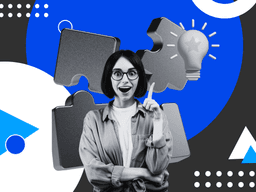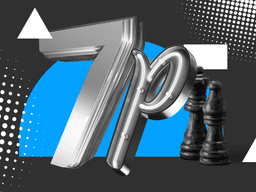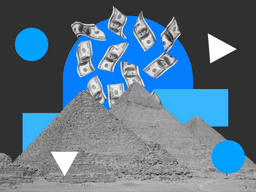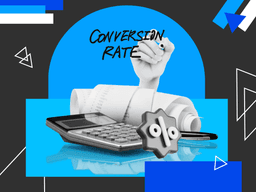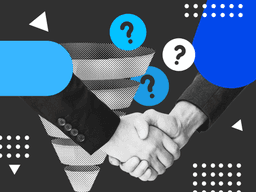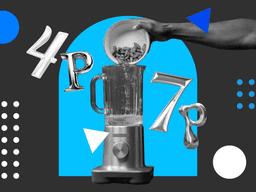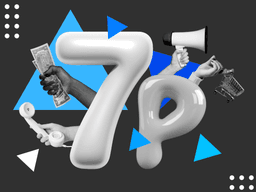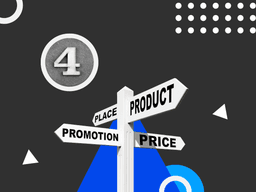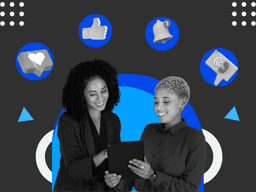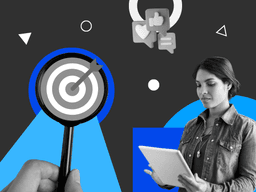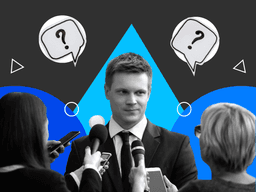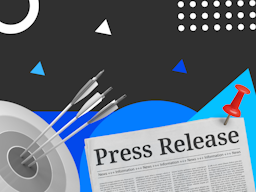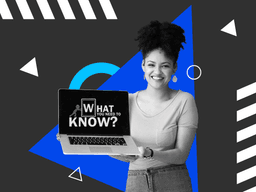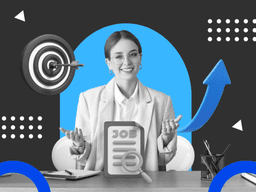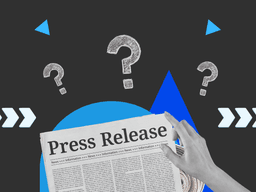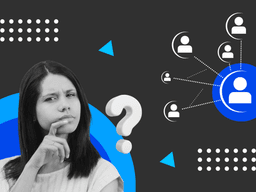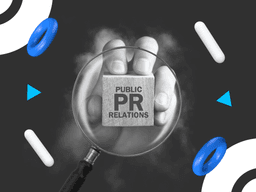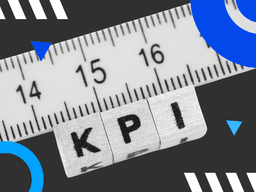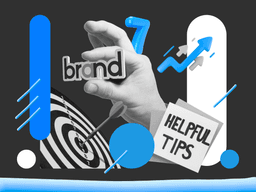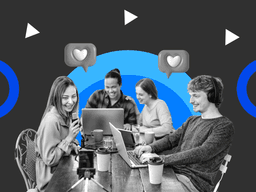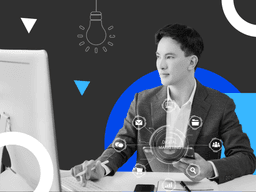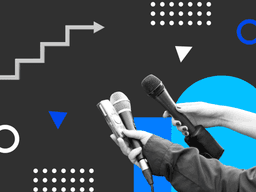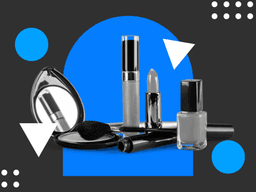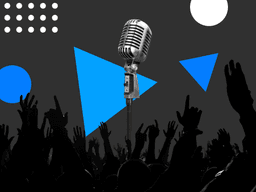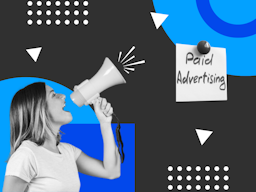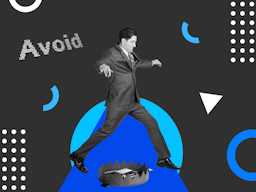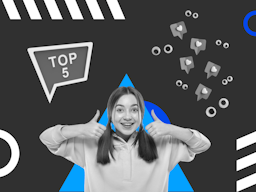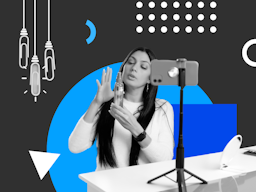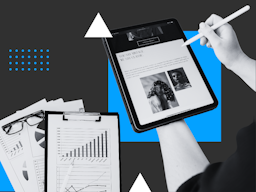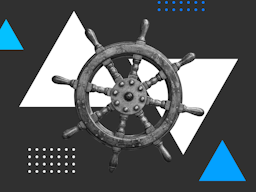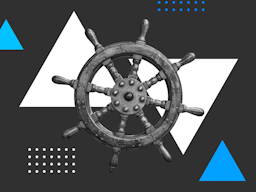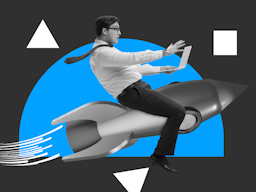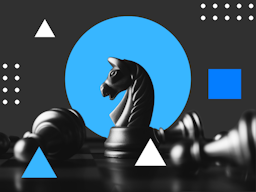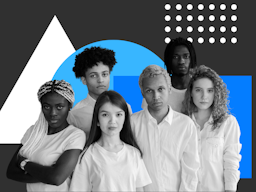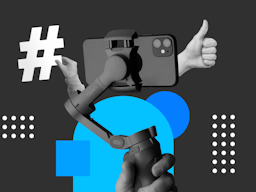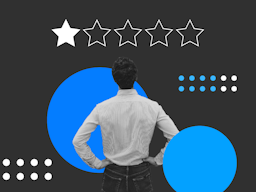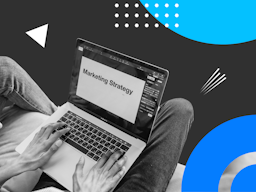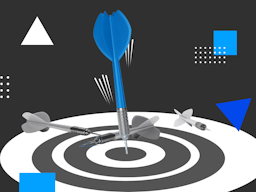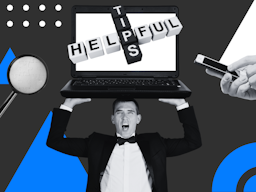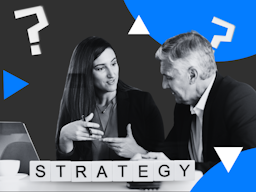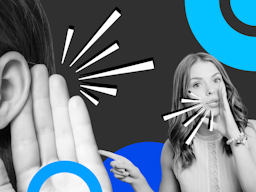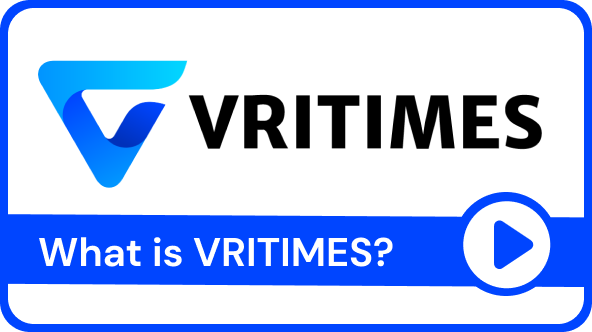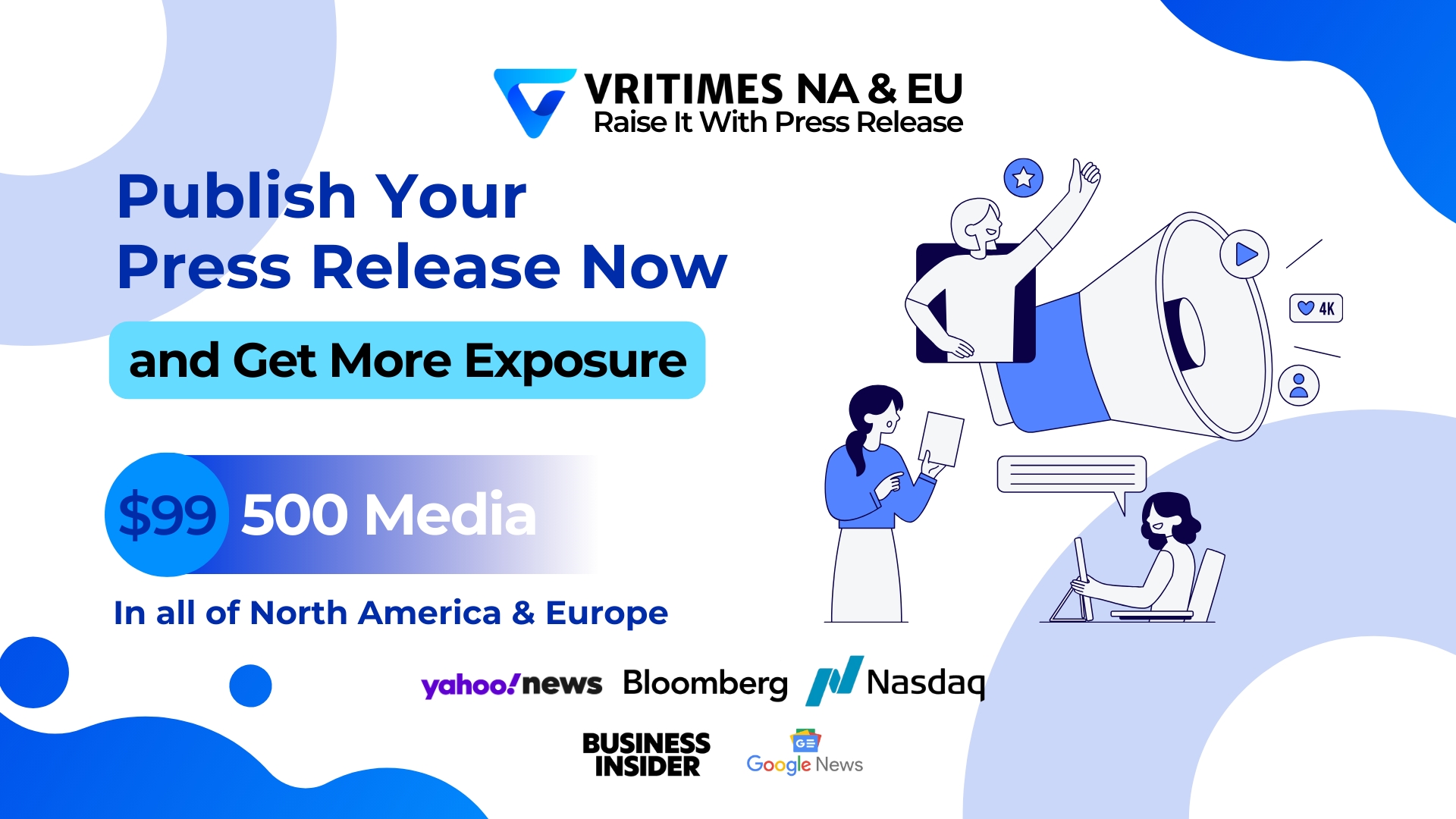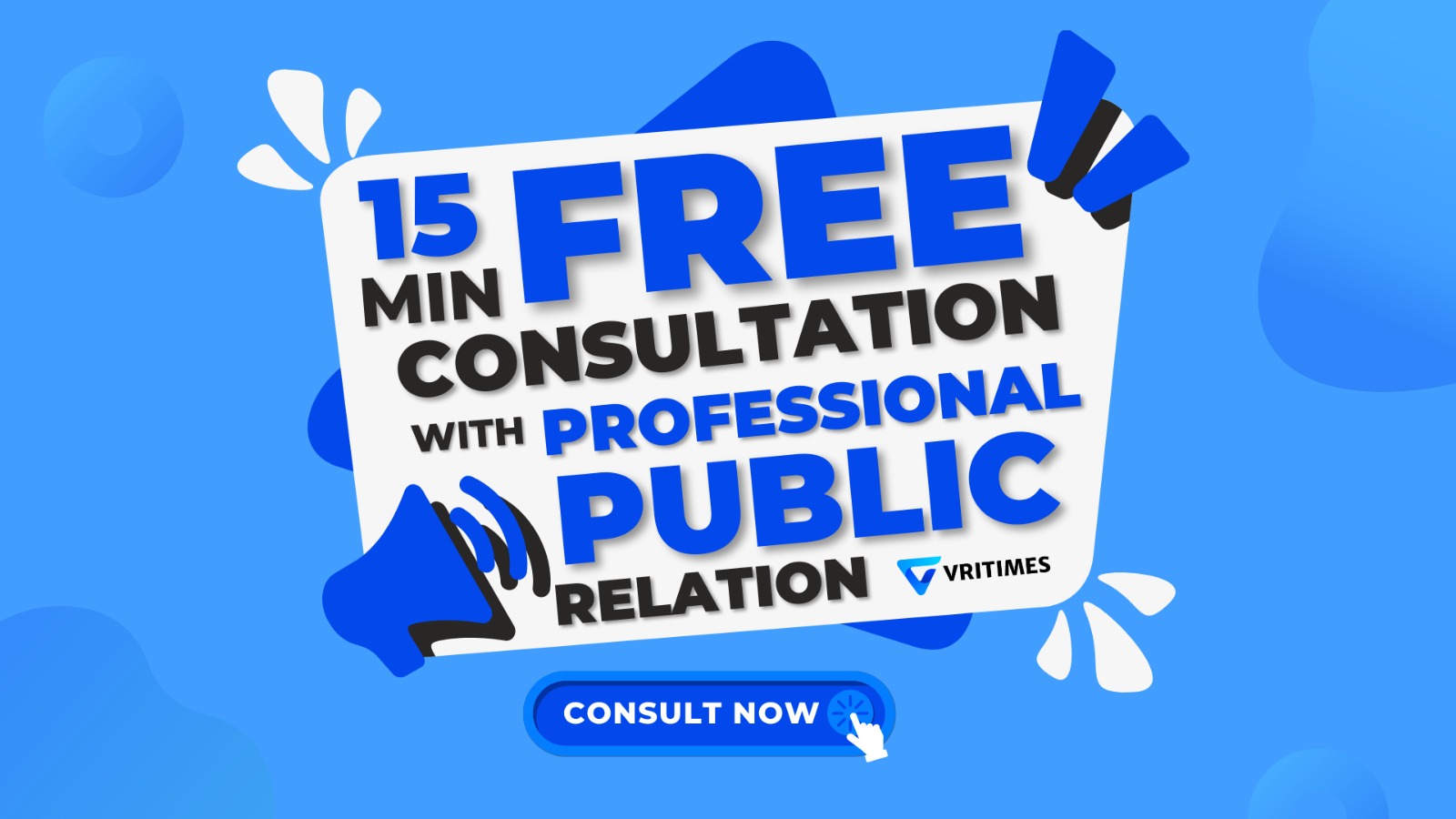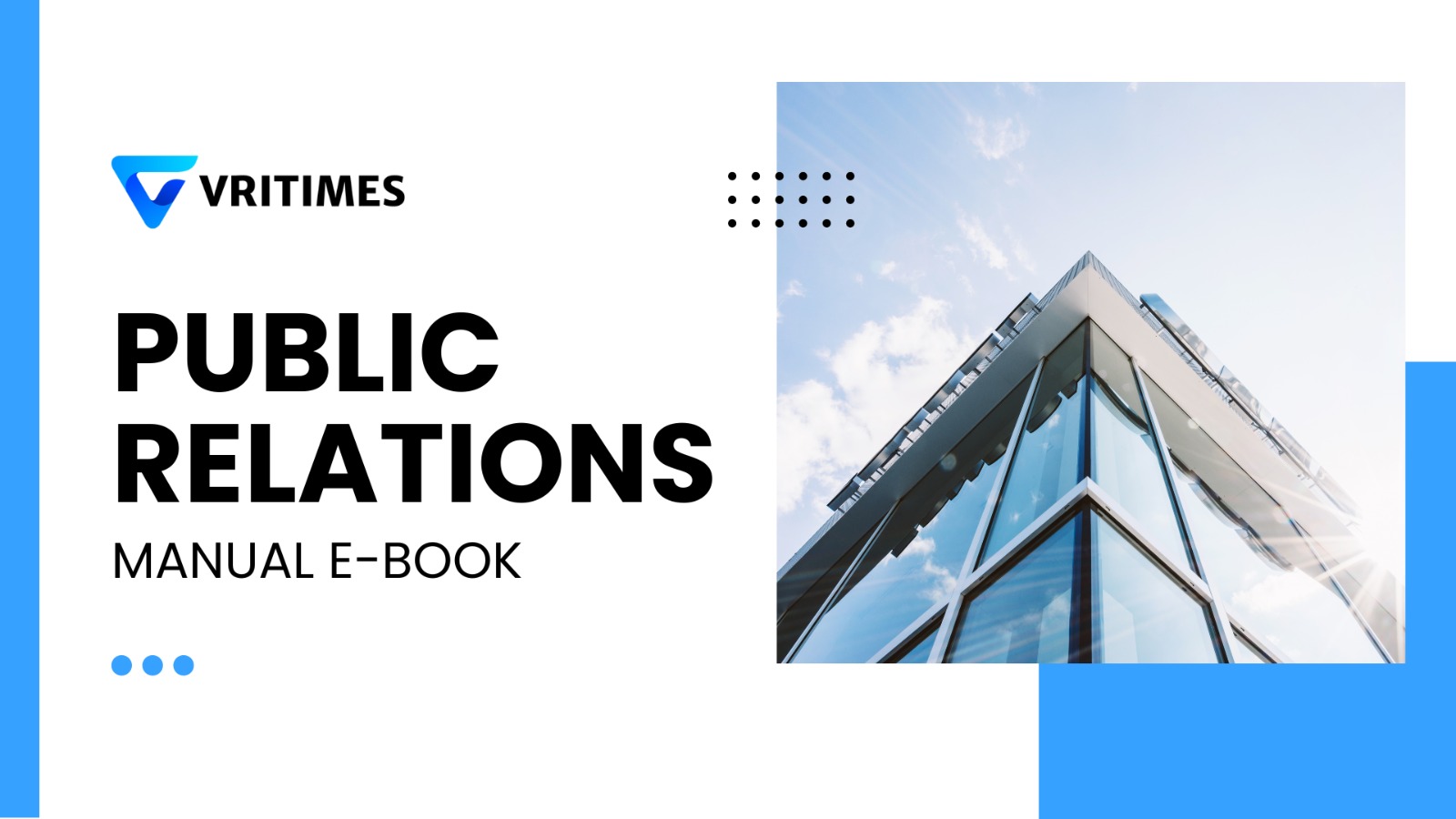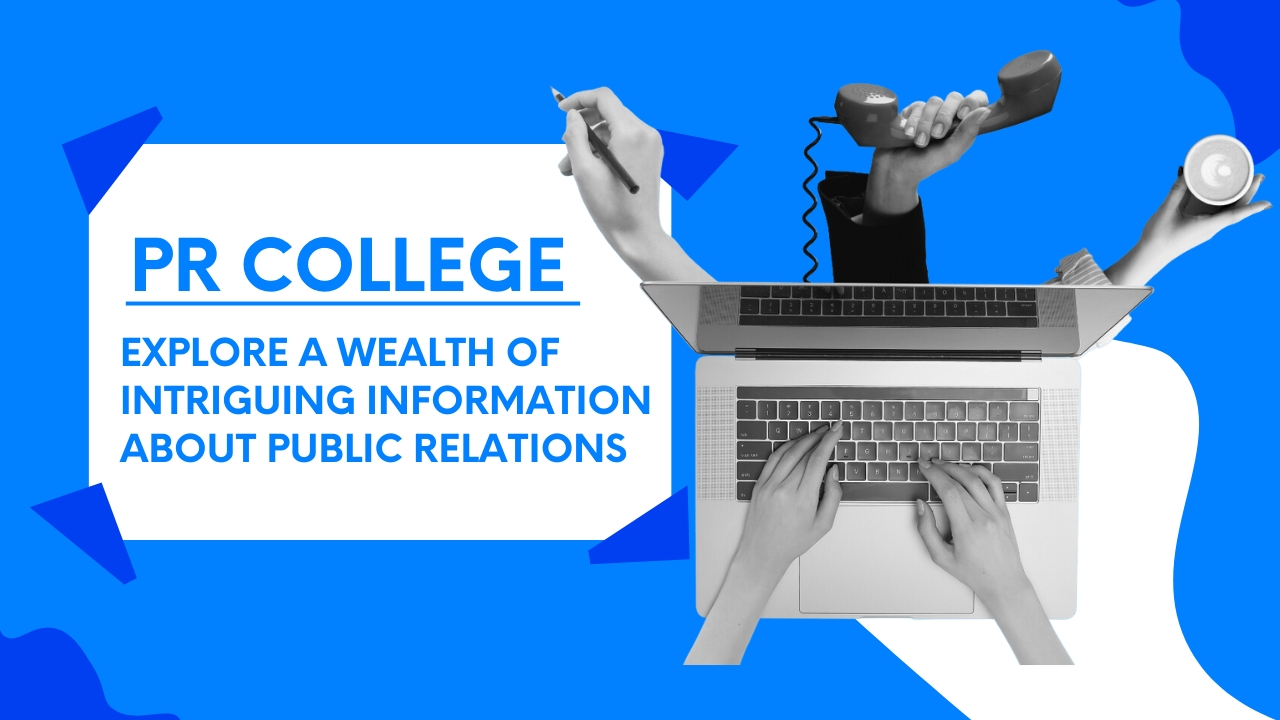/ The Difference of Marketing Funnel for B2C vs B2B Business
The Difference of Marketing Funnel for B2C vs B2B Business
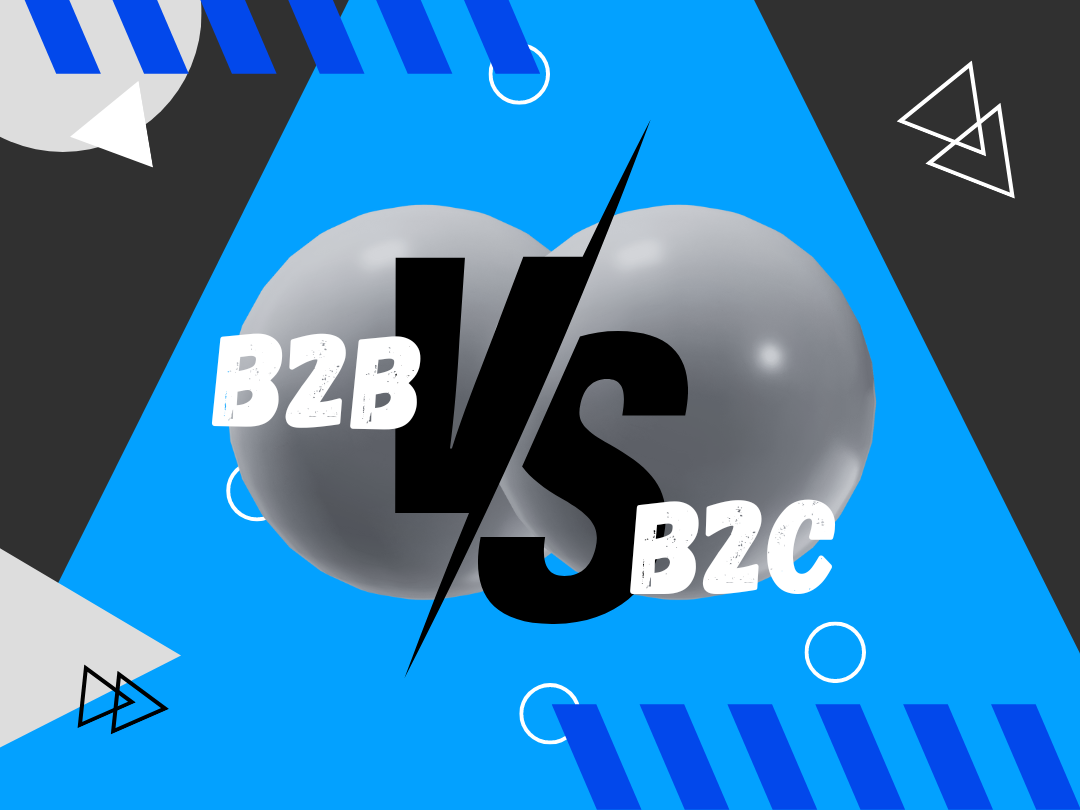
The marketing funnel is crucial to guide potential customers from being aware of your brand to making purchases. This prevents you from losing potential customers.
Although this funnel is crucial, there is still a never-ending debate about its model. Some marketers believe this funnel is only applicable to convert potential customers into real customers. While others believe this funnel is for building customer loyalty as well.
Whichever you believe, one thing for sure is the marketing funnel model for B2C and B2B is different. This is because their business processes are also different from each other.
The Marketing Funnel in B2C Business
A B2C business can use the AIDA model, which consists of awareness, interest, desire, and action.
1. Awareness
This marketing funnel starts with an awareness stage where the targeted customers become aware of your brand. They tend to realize their pain points and search for solutions.
To introduce your brand, you must grab the targeted customers’ attention. A great content marketing strategy can grab wide attention and make your brand stay in their minds. The term ‘content’ can be a blog post, press release, social media post, YouTube video, podcast, and many more.
Create informational content that addresses the targeted customers’ pain points and deliver the solution (the values of your product). Use exciting and provoking elements to draw their attention to your brand, such as compelling headlines and intriguing visuals to make them continue to learn more about your brand.
2. Interest
After being aware and learning about your brand, it is time to arouse their interest. At this stage, they have become your prospects.
Provide the reasons to buy your products and earn their trust as well. Create educational content that increases their knowledge about your brand, such as infographics, e-books, and video tutorials. If you got a certificate from the related institution, highlight it as well.
Maintain their interest by creating interactive and entertaining content. You can use humor, provocative headlines, and funny images. Then get them actively involved by providing Q&A sessions, replying to their comments, and answering their questions.
3. Desire
After becoming interested in your brand, the prospects will consider your brand with others. The goal of this stage is to stimulate their desire by creating an emotional connection to your offer.
Highlight your product’s unique characteristics and benefits. Demonstrate it as the perfect solution for their problems and create scarcity. Besides that, you can also leverage user-generated content (USG) content, reviews, and testimonials on social media and blogs.
4. Action
When the prospects have decided to purchase your product, motivate them to take action. Apply your call-to-action (CTA) and encourage them to make an order. It must be persuasive and clear.
For CTA on the website, check if it is displayed clearly and can be seen easily. If you are on a personal selling, explain all values the customers will get clarify (if any) possible doubts, and evoke a sense of urgency.
Besides that, the process of purchasing, such as checkout, must be simple and convenient. Provide many payment methods to make it convenient. Otherwise, you will probably lose the customers.
The Marketing Funnel in B2B Business
A B2B business should use the ACPP model, which consists of awareness, consideration, preference, and purchase.
1. Awareness
The first stage is the same as the marketing funnel in B2C business, but it must be executed differently. Your targeted customers may be aware of your brand through a website, account-based marketing (ABM), paid advertisements, and networking events.
Therefore, you must increase your website’s rank on search engines through SEO activities and paid advertisements. Besides that, do ABM, where your sales and marketing team identifies the ideal customer accounts then approach them one by one via LinkedIn or other prospecting tools.
Other than that, you also need to attend industrial events to widen your network and meet company representatives who may need your B2B product.
2. Consideration
Unlike B2C potential customers, some B2B potential customers tend to realize their pain points after being approached. After being approached, they identified your products as a potential solution but will still evaluate other options.
At this point, build a relationship and communicate with them to understand their needs, show credibility, gain trust, and allay any concerns.
At this stage, you can use these assets to convince them:
- Catalog which consists of product specifications and prices.
- Frequently asked questions (FAQs).
- Existing customer testimonials.
- Webinars to educate them about your brand.
- Awards (if any).
3. Preference
At this stage, your prospects start to think that your brand is the right solution, but are not ready to commit yet. They need to discuss with the stakeholders first before making a decision.
The stakeholders may have different concerns and needs that they want you to address. To move to the next stage, let them experience your product on their own. So you can provide a demo for them, comparison pages, and special discounts.
4. Purchasing
At this stage, your prospects and their stakeholders have decided to buy your products. But this is not a time to rest easily. Instead, ensure that the buying and payment process runs easily and conveniently.
If it will be done online, your website’s loading time may also affect the buying process. Websites that load in 1 second have proven to have a three times higher conversion rate than a website that loads in 5 seconds. After the purchase, you can send a thank you card via email and do retargeting mail for cart abandonment.
B2C vs B2B Marketing Funnel
Based on the explanation above, here are the differences between B2C and B2B marketing funnel:
- B2C funnels tend to involve the end consumer alone, so it is quicker and more straightforward. While B2B funnels tend to be longer and more intricate.
- B2C customers are likely interested in personal tone and entertaining content. While B2B customers are likely interested in formal tone and logic-driven content.
- B2C customers tend to communicate with brands through social media and mass communication. While B2B customers tend to communicate through professional-focused emails or chats and networking events.
- B2C customers tend to buy products based on their needs and wants. B2B customers place a strong emphasis on good relationships due to the significance and complexity of transactions.
In conclusion, the marketing funnel execution for B2B and B2C businesses is different. Emotional appeals may work on B2C customers, but B2B customers will make decisions on their logic.
